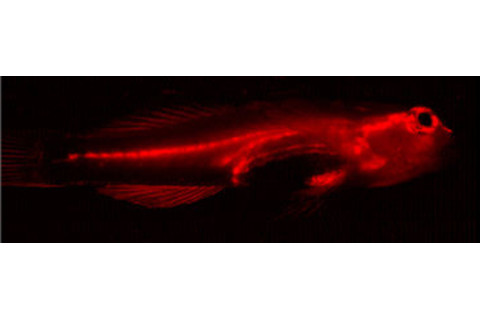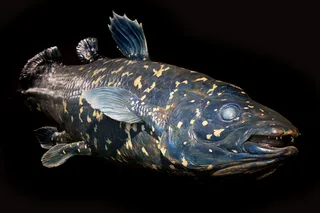
Now that they know some fish can see red, ichthyologists might be a little red in the face. Because water tends to absorb long wavelengths of visible light, long-wavelength red photons don't penetrate much past the top 30 feet of ocean. So fish experts had assumed that red just wasn't part of the underwater world, and fish probably couldn't see it. But a new study led by German researcher Nico Michiels concluded quite the contrary—numerous species of fish can produce their own red light through luminescence. Michiels actually discovered red-luminescent fish by accident: He was diving in the Red Sea with goggles that allowed him to see only red light, trying to find out exactly how far down the sun's long wavelengths could go. While far below the level that the sun's red light could reach, he was surprised to see fish with red adornment around their eyes and some whose whole body shone crimson. Thus, they must make the light themselves, Michiels says, absorbing blue-green light and re-emitting it as red. But what's the point of shining red if it doesn't travel far through the water? Michiels speculates that it could a private form of communication—perhaps only certain species of fish can see red, and so they use it to attract one another. Another possibility is that if most other fish can't see red, the red-glowing fish could actually use their color as a camouflage. That's a far cry from humans' experience with red: It gets our attention more than any other color. Image: Nico Michiels et. al.













